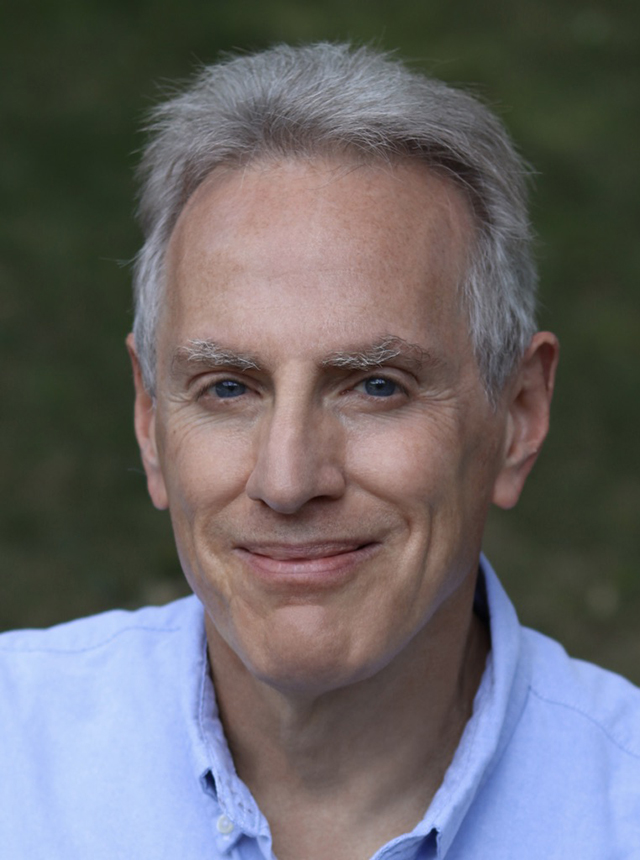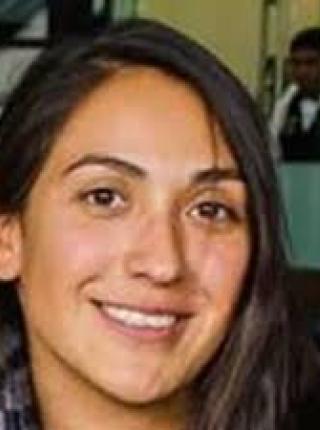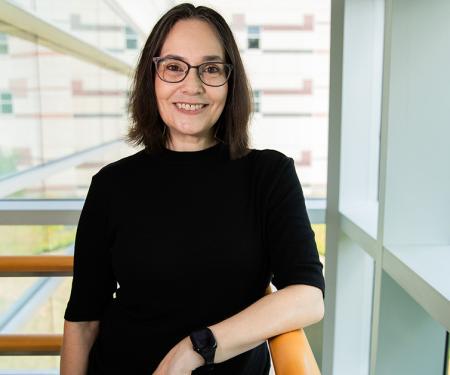Related Articles
00 / 00
-

Bill Kaelin
-

Damon runyan
-

Dr. Cukierman
-

FCCC Press Release 112723
-

Astsaturov Thumbnail
-

Nucleus RadioPharma
-

Dr. reddy
-

Dr. Skalka
-

RCAP
-

-

-

-

Jonathan Chernoff, MD, PhD
-

Dr. Chernoff
-

A portrait shot of Galina Semenova in a laboratory, smiling at the camera.
-

-

-

Jonathan Chernoff, MD, PhD
-

Namrata (Neena) Vijayvergia, MD
-

Richard I. Fisher, MD, President and CEO
-

Jonathan Chernoff, MD, PhD






























Patient comments